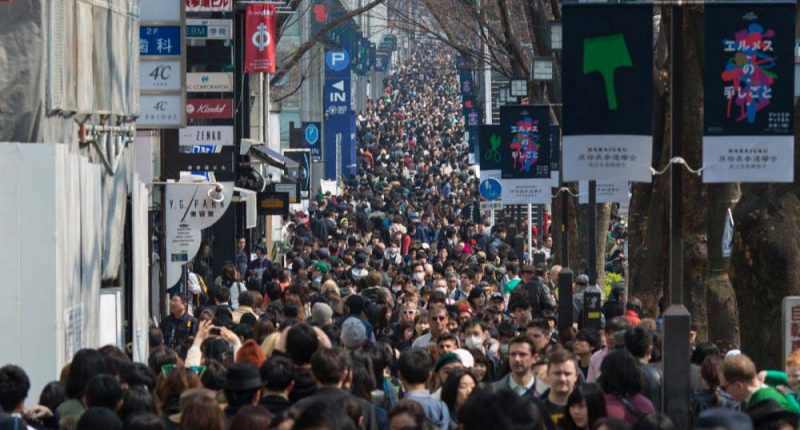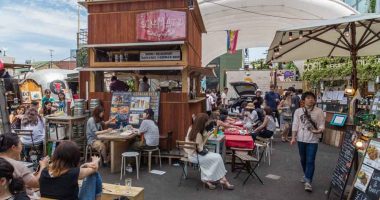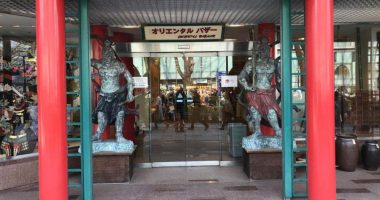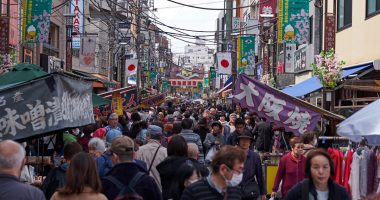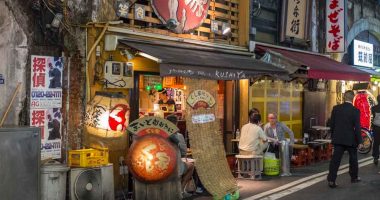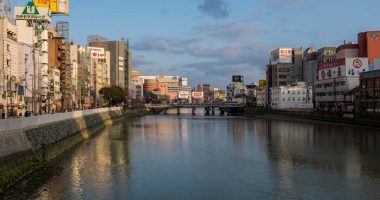Omotesando (表参道) is a zelkova-lined boulevard was originally designed as an approach to Meiji Shrine, sometimes referred to as the Champs-Élysées of Tokyo. In 1946, during the occupation, the U.S. established a military barracks in Yoyogi Park called “Washington Heights”, and in the subsequent years merchants set up shop on Omotesando Dori selling items aimed at the foreign occupiers.
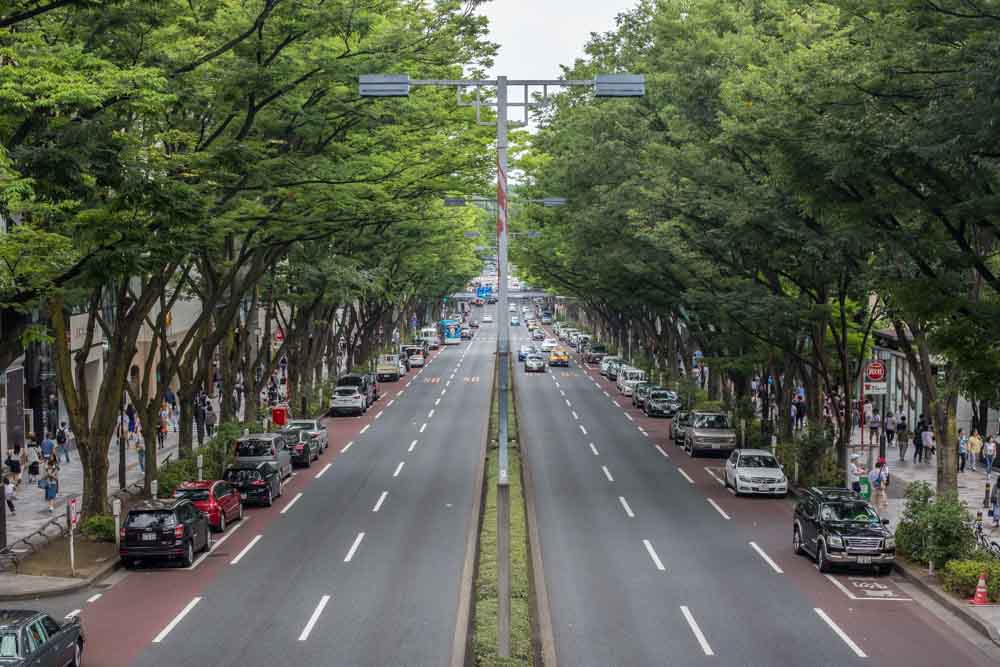
Today the area has an inherent Western ambience, and many European-style cafes and restaurants can be found in the side streets that splinter off either side of Omotesando Dori. Harajuku and Aoyama lie at either end of Omotesando Dori, and between them they manage to cater for just about any taste in fashion.
